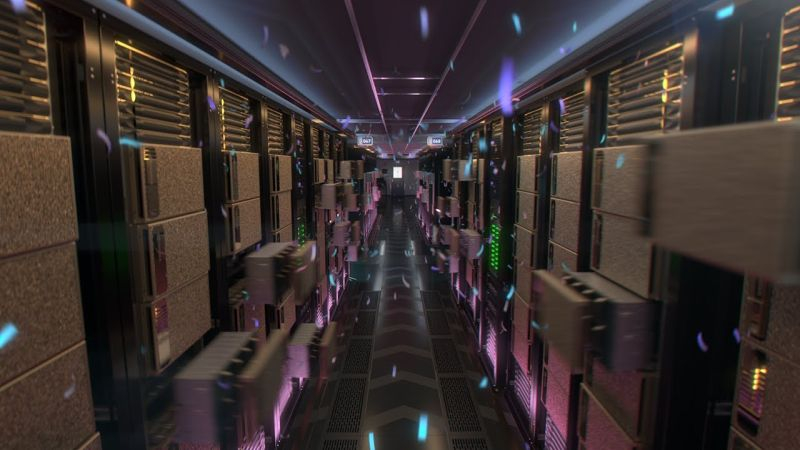While developers seeking to actively develop the field of artificial intelligence are primarily concerned with the shortage of components, some of them speak out about the limited service life of those very expensive and scarce chips. According to calculations by Alphabet specialists, server GPUs at a load level of 70% last from one to two years, in extreme cases – three.

Image source: NVIDIA
Tech Fund refers to this opinion, explaining that the statement belongs to a certain high-ranking developer of Alphabet’s generative artificial intelligence systems, who is familiar with their specific operation. Even if you approach the analysis of the problem from a layman’s point of view, there is logic in such statements. Distributing up to 700 W, GPUs from Nvidia, AMD and any other manufacturer for modern computing accelerators have a rather modest die area, so constant exposure to high temperatures can quickly lead to physical wear and tear.
It is possible to extend the service life of computing accelerators by reducing their utilization from the typical 60 or 70%, but such measures run into economic considerations for developers of artificial intelligence systems. Expensive accelerators, in the context of the rapid development of the industry, must bring financial returns as quickly as possible, and if they are underloaded with work, the depreciation period will be prolonged, and investors will no longer like this.
Israeli experts recently suggested that by the end of the decade, the AI industry will generate up to 5 million tons of electronic waste annually. Not all of them can be recycled for reuse, making the environmental impact of the artificial intelligence industry a growing concern. Accordingly, the rapid depletion of server GPU resources will also aggravate the situation with waste disposal.